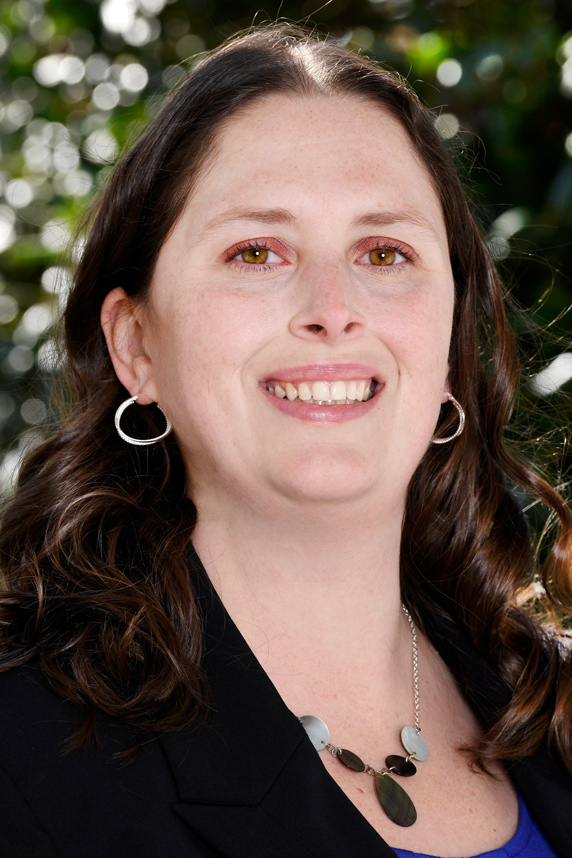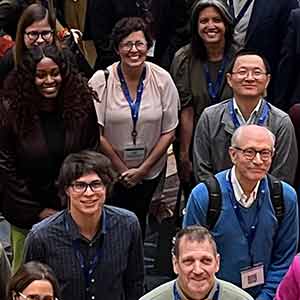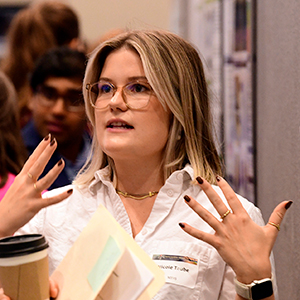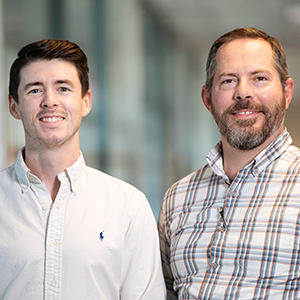 “We plan to work together, across NIEHS, to come up with creative, innovative recommendations to bring to our leadership so that we can advance collaborations that address these complex, multisectoral problems,” Dixon said. (Photo courtesy of Steve McCaw / NIEHS)
“We plan to work together, across NIEHS, to come up with creative, innovative recommendations to bring to our leadership so that we can advance collaborations that address these complex, multisectoral problems,” Dixon said. (Photo courtesy of Steve McCaw / NIEHS)Environmental justice, research into chemicals such as lead, and science communication (see sidebar) were major topics at the annual meeting of the North Carolina Society of Toxicology (NCSOT), held Jan. 19. The virtual conference kicked off with a brief overview of an NIEHS workshop last December that addressed racism as a public health issue.
Darlene Dixon, D.V.M., Ph.D., a scientist in the NIEHS Division of the National Toxicology Program (DNTP), noted that during the workshop, local and regional community partners raised issues such as the following.
- Legacy contamination in disproportionately impacted communities in Mebane, North Carolina.
- Negative effects of concentrated animal feeding operations on the physical and mental health of people of color and low wealth in eastern North Carolina.
“These are concerns that we can all play a role in trying to address,” Dixon told the NCSOT audience. “As toxicologists and pathologists, we can help to shed light on the adverse health effects of environmental toxicants and the disproportionate exposures that occur in these communities. We can move the science forward to help bring about positive change.”
She co-chaired the December workshop with Robin Arnette, Ph.D., a science editor in the NIEHS Office of Communications and Public Liaison. They are two of the co-leads of the institute’s Environmental Health Disparities and Environmental Justice Faculty.
Keynote talks address environmental justice, health disparities
At the NCSOT meeting, Emmanuel Obeng-Gyasi, Ph.D., from North Carolina Agricultural and Technical State University, described his research into lead contamination, which revealed racial disparities. In Greensboro, North Carolina, for example, risk of exposure to this toxic metal is significantly higher among Black residents than White residents. Obeng-Gyasi noted that he and his team built the first soil lead concentration map in the state.
Attendees also learned about California’s commitment to understanding how environmental pollution can disproportionately affect communities of color, during a presentation by Lily Wu, Ph.D., from the California Environmental Protection Agency (CalEPA) Office of Environmental Health Hazard Assessment.
 Chen applies machine learning techniques and AI to help scientists predict what toxins may harm cell development. (Photo courtesy of Steve McCaw / NIEHS)
Chen applies machine learning techniques and AI to help scientists predict what toxins may harm cell development. (Photo courtesy of Steve McCaw / NIEHS)An online portal called CalEnviroScreen tracks environmental data across the state and enables the public to explore the disproportionate burden of pollution in impacted California communities, according to Wu. CalEPA staff who developed the tool found that the top 10% of the least polluted neighborhoods were predominantly White, whereas the top 10% of the most polluted neighborhoods had more than 90% people of color.
Artificial intelligence, developmental toxicants
Ian Chen, M.D., Ph.D., a DNTP postdoctoral fellow, earned second place in the NCSOT President Award for Research Competition (PARC). His presentation was titled “A human pluripotent stem cell-based high-throughput platform with artificial intelligence (AI) technology to screen for developmental toxicants.”
Chen’s research was conducted in collaboration with DNTP scientist Erik Tokar, Ph.D., and Shama Birla, who participated in the 2020-2021 NIEHS Scholars Connect Program.
Alysha Simmons, Ph.D., from the University of North Carolina at Chapel Hill, and Anna Kreutz, Ph.D., from the U.S. Environmental Protection Agency (EPA), were first and third place PARC awardees, respectively.
Simmons’s presentation was titled “Characterizing intra-human variation in common toxicity endpoints in differentiated primary bronchial epithelial cell cultures.” Kreutz discussed “Toxicokinetics and in vitro point of departure evaluation of putative developmental neurotoxicants.”
 Witchey, like Chen, is an NIEHS Intramural Research Training Award postdoctoral fellow. (Photo courtesy of Steve McCaw / NIEHS)
Witchey, like Chen, is an NIEHS Intramural Research Training Award postdoctoral fellow. (Photo courtesy of Steve McCaw / NIEHS)Flame retardants and PFAS
Another DNTP trainee — Shannah Witchey, Ph.D. — garnered recognition at the meeting, tying for second place in the postdoctoral poster competition. She presented “Preliminary results from 2-week toxicity studies in B6C3F1/N mice with replacement organophosphate flame retardants.”
Witchey’s project was a collaborative effort involving DNTP scientist Georgia Roberts, Ph.D., and Keith Shockley, Ph.D., a scientist in the NIEHS Division of Intramural Research. They evaluated the toxicological effects of triphenyl phosphate and isopropylated phenol phosphate, which are aromatic phosphates found in flame retardants.
Bevin Blake, Ph.D., a former NIEHS predoctoral fellow and current EPA postdoctoral trainee, won first place for her poster, “Developmental exposure to perfluorooctanoic acid (PFOA) or hexafluoropropylene oxide-dimer acid (HFPO-DA, known as GenX) disrupts biologic pathways in maternal and fetal liver in CD-1 mice.”
Tied for second place with Witchey was Kylie Rock, Ph.D., from North Carolina State University, who presented “PFAS exposure is associated with autoimmunity in the American alligator.”
Incoming NCSOT president Kristen Ryan, Ph.D., a DNTP toxicologist, and incoming vice president Anika Dzierlenga, Ph.D., a program director in the NIEHS Division of Extramural Research and Training, encouraged attendees to join them on the executive committee and to recruit more undergraduate and graduate students to NCSOT.
(Jennifer Harker, Ph.D., is a technical writer-editor in the NIEHS Office of Communications and Public Liaison.)










